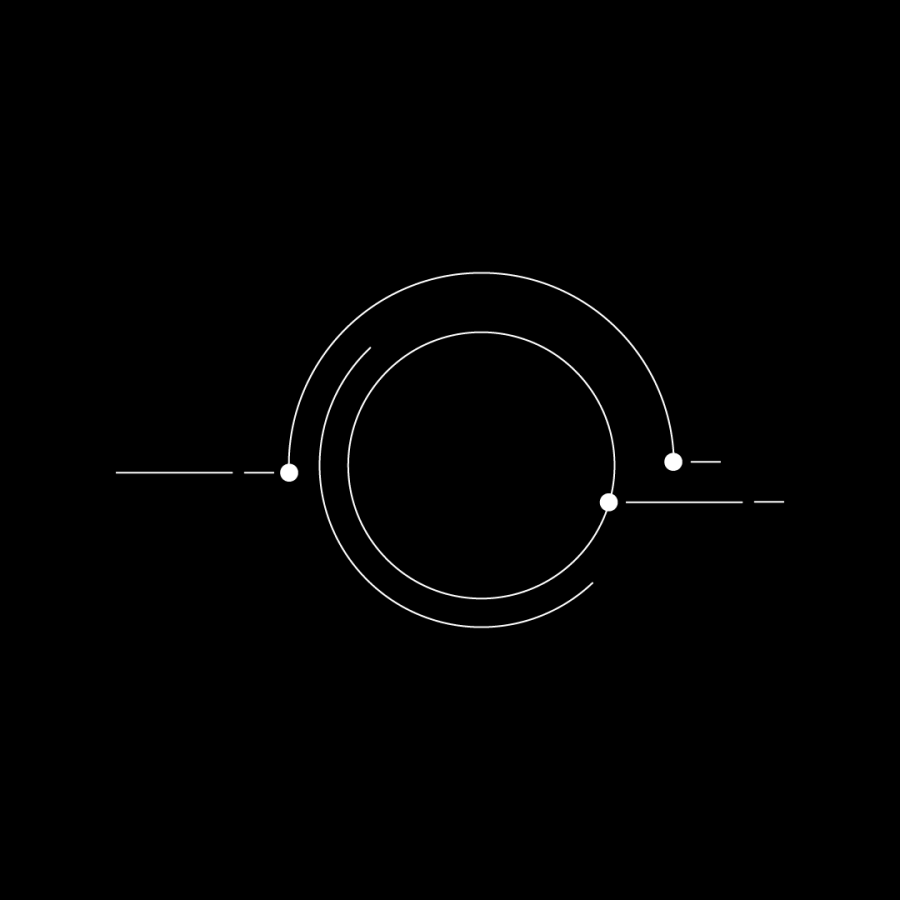The Celonis Blog
Dive into our blog for a deep dive into the world of Celonis, where we share the latest trends in process excellence, business transformation, data-driven innovation and more.

Dive into our blog for a deep dive into the world of Celonis, where we share the latest trends in process excellence, business transformation, data-driven innovation and more.
